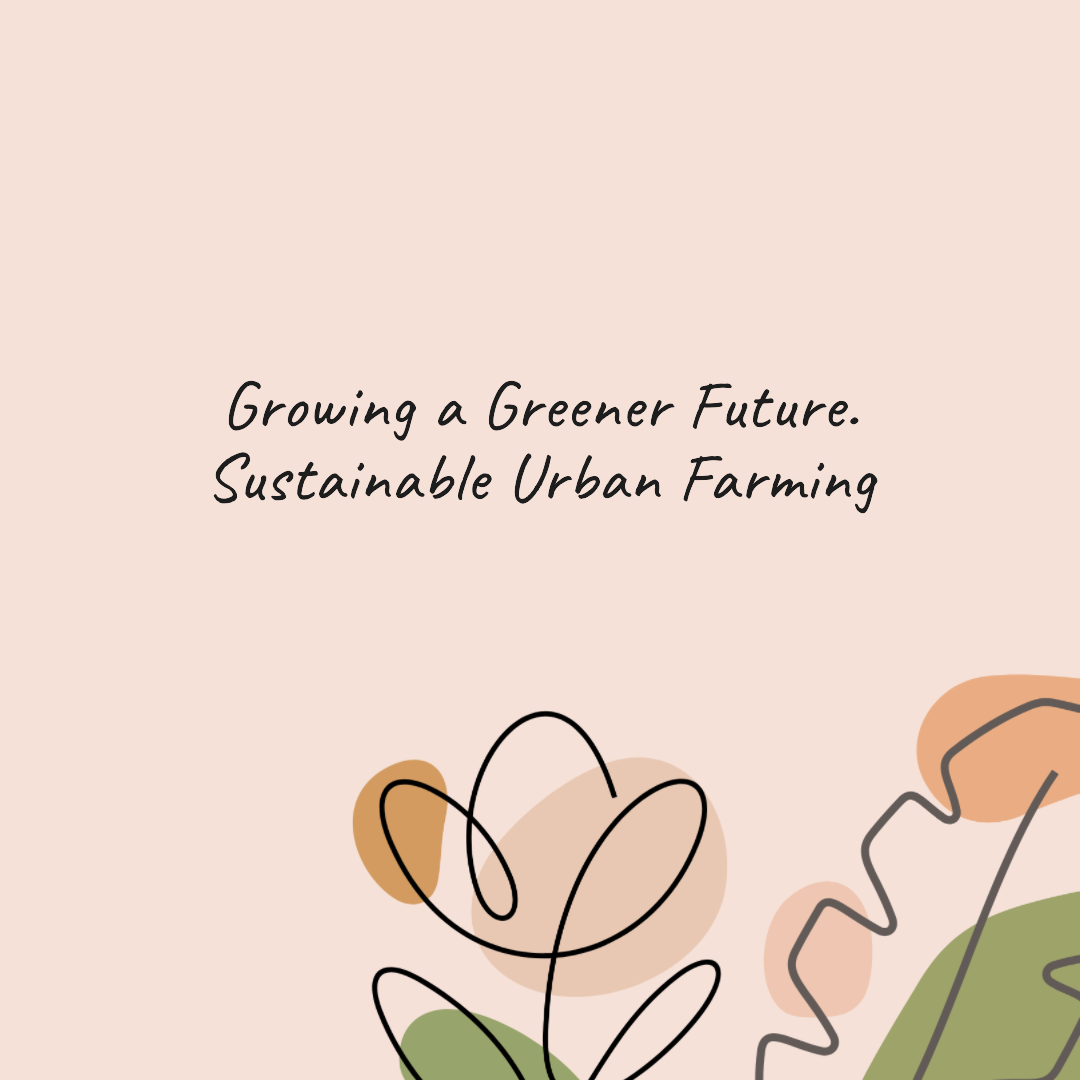
Beckham Hotel Collection Bed Pillows Standard / Queen Size Set of 2 - Down Alternative Bedding Gel Cooling Pillow for Back, Stomach or Side Sleepers
41% OffIntroduction
As urban populations continue to rise, the importance of sustainable urban farming becomes increasingly evident. This practice involves cultivating food within cities using environmentally friendly methods, addressing food security, reducing carbon footprints, and promoting a healthier lifestyle. Sustainable urban farming is not only about growing crops; it’s a holistic approach that integrates agriculture into the urban fabric. This guide explores the significance of sustainable urban farming, its benefits, methods, challenges, and the transformative impact it has on urban environments.
Understanding Sustainable Urban Farming
Sustainable urban farming envisions a future where cities produce a significant portion of their food, reducing reliance on distant agricultural regions and mitigating environmental impacts.
The Role of Urban Farming in Modern Cities
Urban farming offers cities a more resilient and localized food system. It reconnects urbanites with the origins of their food and promotes sustainable consumption.
Addressing Food Security and Local Resilience
Sustainable urban farming enhances food security by reducing the distance between food production and consumption. It provides fresh produce during disruptions and empowers communities to meet their own needs.
Promoting Environmental Sustainability
Urban farming mitigates the carbon footprint associated with transporting food long distances. It encourages green spaces, reduces waste through composting, and improves urban air quality.
Methods of Sustainable Urban Farming
Sustainable urban farming encompasses various methods, including vertical farming, community gardens, hydroponics, aquaponics, rooftop gardens, and repurposing vacant lots.
Vertical Farming: Maximizing Space and Resources
Vertical farming utilizes vertical space to grow crops in stacked layers, optimizing space efficiency and reducing water usage. It’s especially valuable in space-constrained urban environments.
Community Gardens: Fostering Connection and Education
Community gardens cultivate not only crops but also a sense of belonging. They provide spaces for education, social interaction, and the sharing of gardening knowledge across generations.
Innovative Techniques: Aquaponics and Hydroponics
Aquaponics and hydroponics are soil-less growing methods that use water and nutrient solutions to cultivate plants. They offer efficient resource utilization and year-round production.
Composting and Waste Reduction
Urban farming embraces composting to recycle organic waste, turning it into nutrient-rich soil amendments. This practice reduces landfill waste and completes the nutrient cycle.
Challenges of Urban Farming
Urban farming faces challenges such as limited space, zoning regulations, initial investment costs, and the need to balance economic viability with sustainable practices.
Space Limitations and Land Availability
Finding suitable land for urban farming can be challenging due to urban density. However, creative solutions such as rooftop gardens, vertical farms, and indoor growing help overcome space limitations.
Balancing Economic Viability and Sustainability
Ensuring the economic viability of urban farms while maintaining sustainable practices is crucial. Strategies like value-added products, direct-to-consumer sales, and community support aid in achieving this balance.
Regulations and Zoning Issues
Navigating regulations and zoning ordinances can be complex for urban farmers. Advocacy, community engagement, and policy changes are essential to create a supportive environment.
Empowering Communities Through Urban Farming
Urban farming empowers communities by providing access to fresh, locally grown produce, creating job opportunities, and fostering a sense of ownership over food systems.
Real Stories of Urban Farming Success
Real stories of urban farming success highlight the transformative impact on communities. From converting abandoned spaces to thriving gardens to providing education, these stories inspire change.
The Future of Sustainable Urban Farming
The future holds promising opportunities for sustainable urban farming. Continued innovation, collaboration, and policy support can lead to a greener, healthier, and more self-sufficient urban landscape.
Conclusion: Nurturing Cityscapes Through Sustainable Agriculture
Sustainable urban farming serves as a blueprint for resilient, inclusive, and eco-friendly cities. By cultivating food within urban environments, we can transform the way we interact with our surroundings, promote community well-being, and contribute to a more sustainable future.
FAQs
Q1: Can urban farming really address food security? A: Yes, urban farming enhances food security by producing fresh food locally, reducing the reliance on distant sources, and providing a consistent supply of produce during disruptions.
Q2: How does vertical farming save resources? A: Vertical farming maximizes space efficiency by growing crops in stacked layers, reducing the need for large land areas. It also saves water by using recirculating systems.
Q3: Is urban farming economically viable? A: Urban farming can be economically viable through innovative sales strategies, community support, and diversifying products. It requires careful planning and adaptability.
Q4: How can individuals support urban farming? A: Individuals can support urban farming by participating in community gardens, buying locally grown produce, advocating for supportive policies, and volunteering in urban farming initiatives.
Q5: What role does technology play in urban farming? A: Technology aids urban farming through innovative growing techniques, data-driven decision-making, efficient resource utilization, and automation in areas like irrigation and climate control.











